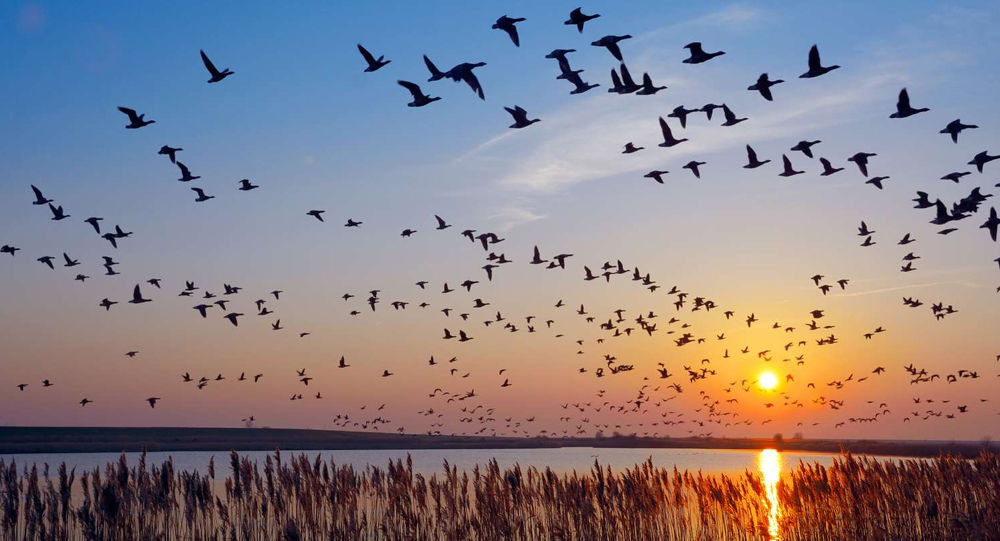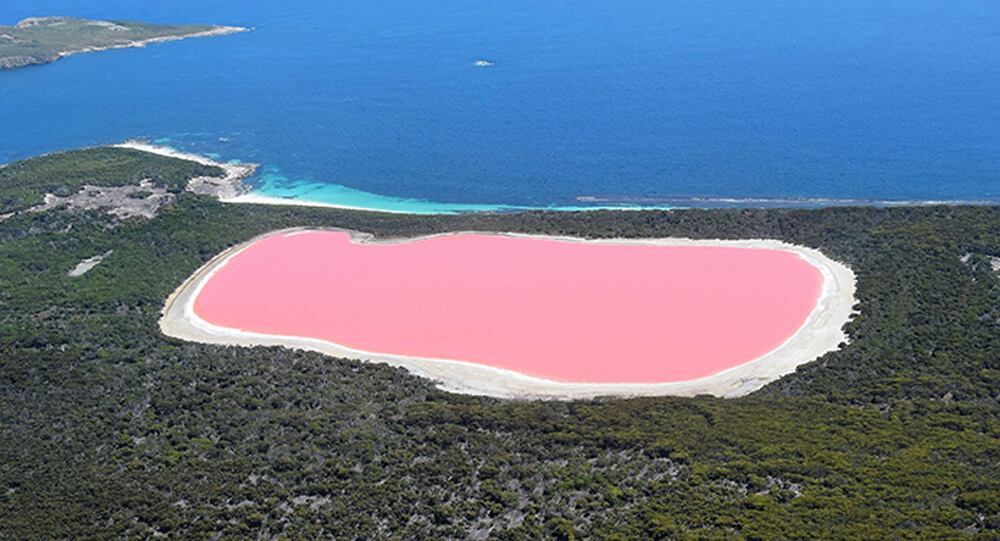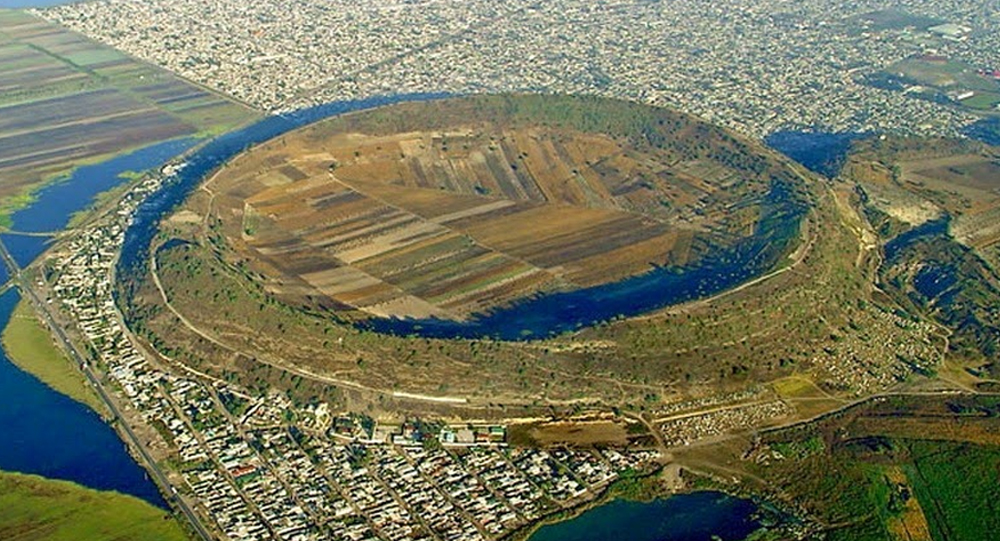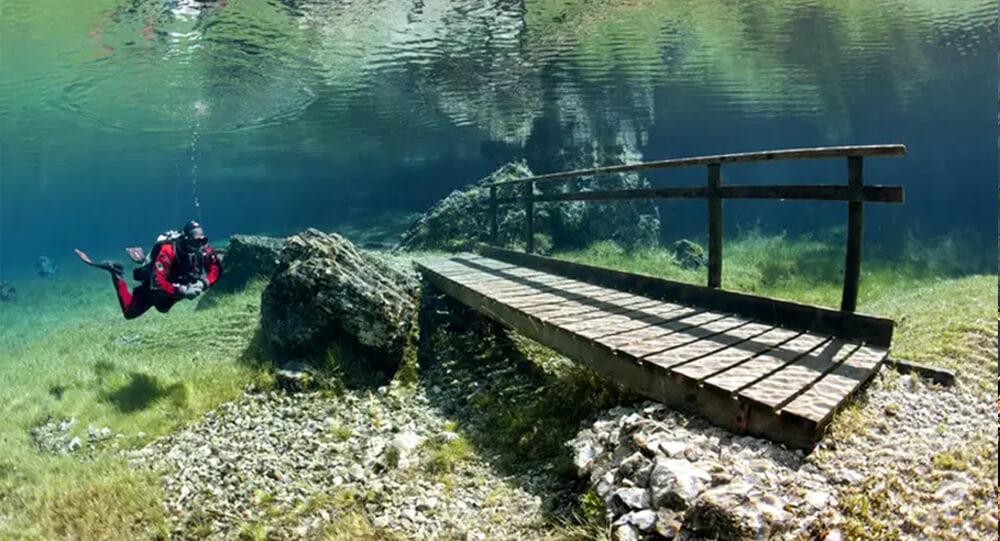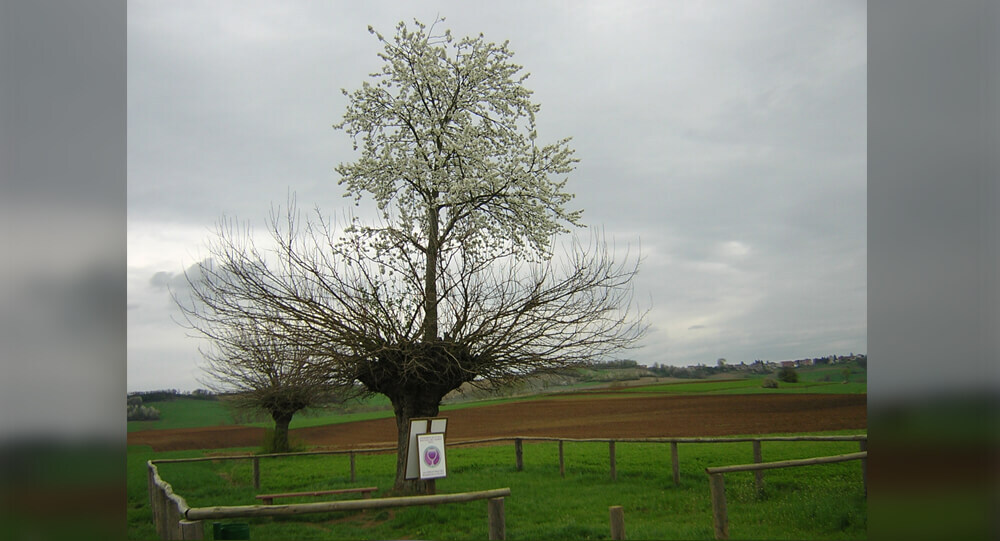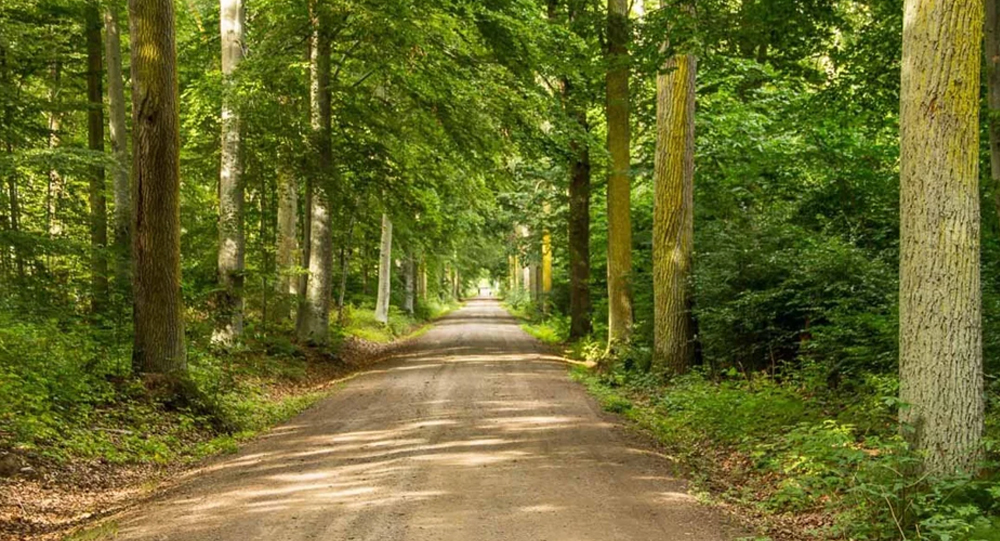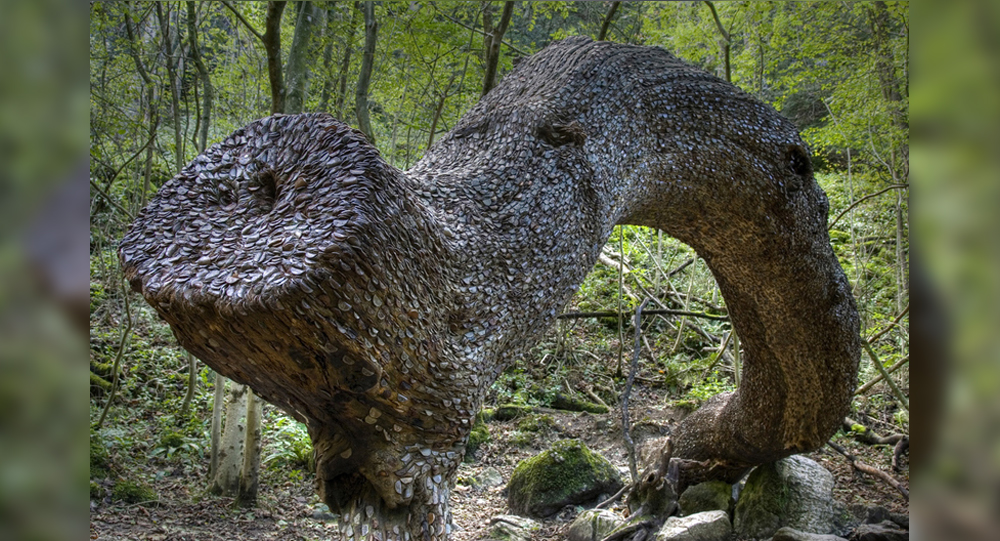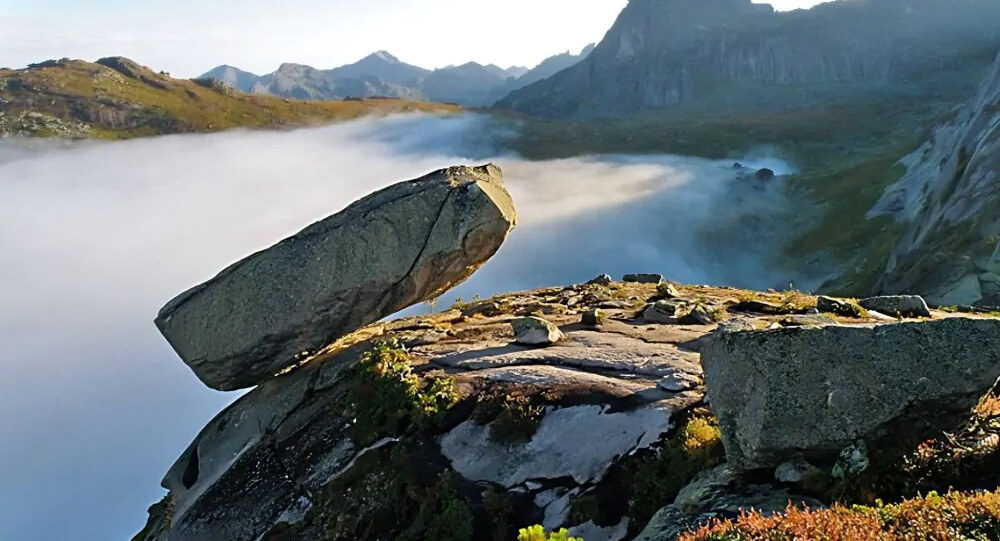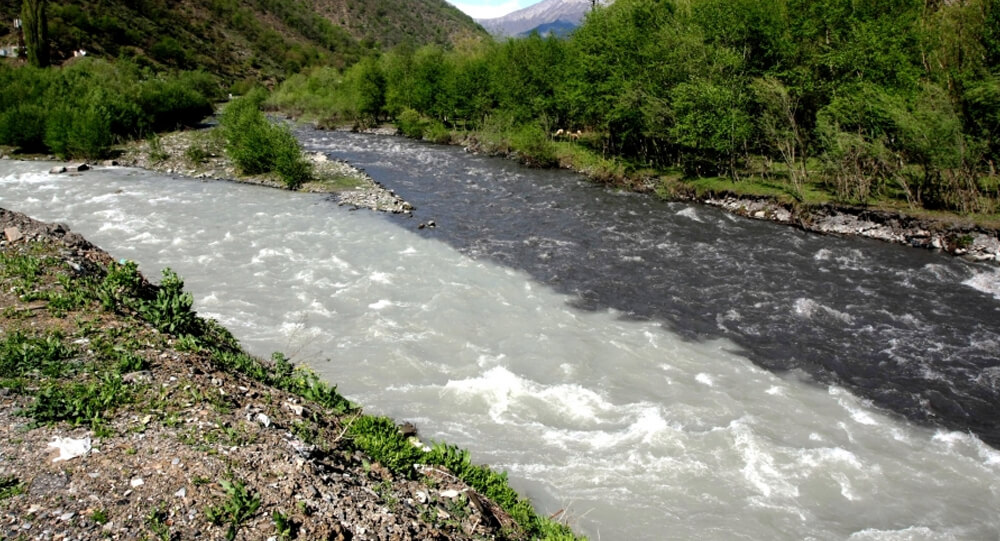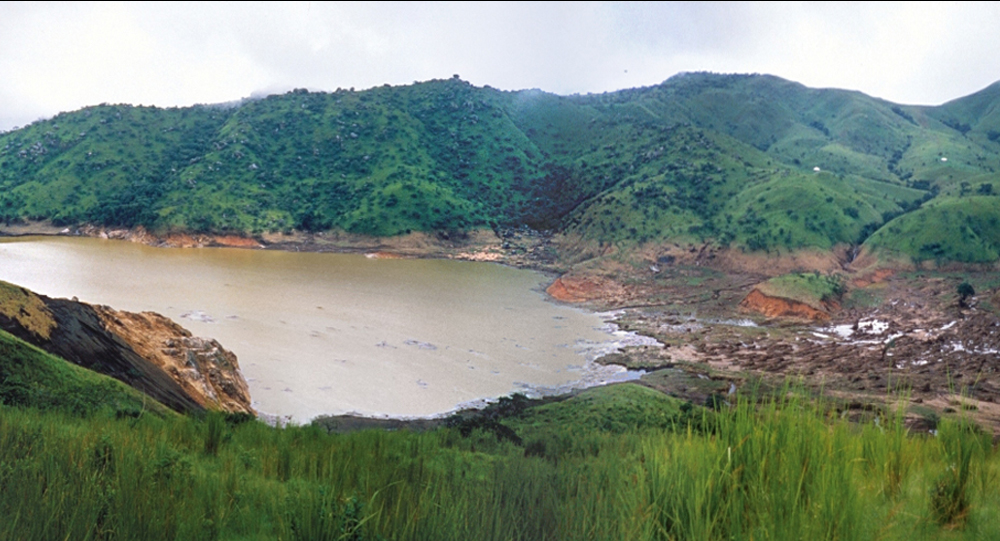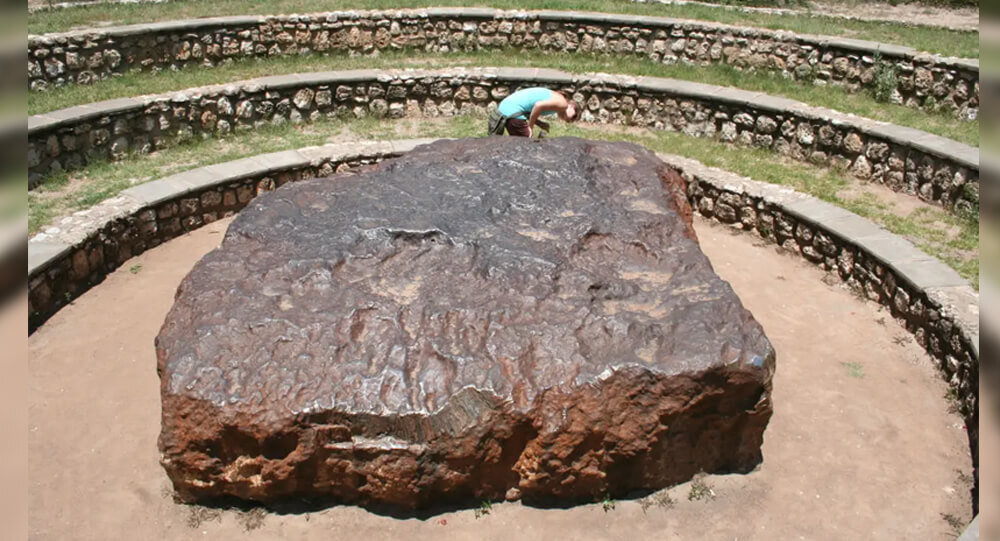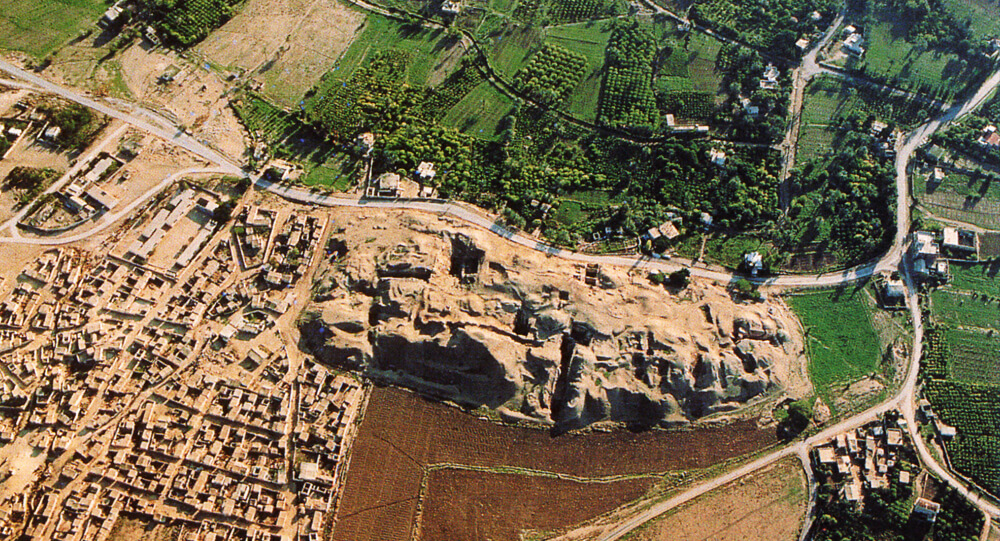
Imagine stepping into a lush forest, breathing in crisp air, hearing the gentle rustling of leaves, and feeling an instant sense of calm wash over you. This is the essence of forest bathing—originally a Japanese practice called Shinrin-yoku—that invites us to immerse fully in the natural world to nurture our physical and mental health. Becoming a global wellness trend in 2025, forest bathing is transforming how we approach stress, healing, and happiness.
The Origins and Experience of Forest Bathing
Forest bathing began in Japan during the 1980s as a public health initiative to combat urban stress by encouraging people to reconnect with nature. Unlike hiking or exercise, forest bathing is about slowing down, engaging all your senses—sight, smell, hearing, touch, and even taste—and being present in the forest environment.
This mindful sensory engagement replenishes energy, quiets the mind, and fosters a deep ecological connection. Whether sitting quietly by a stream, leisurely walking through towering trees, or simply breathing in fresh forest scents, the experience encourages restoration rather than exertion.
Scientifically Proven Health Benefits
Dr. Qing Li, a leading expert and pioneer in forest bathing research at Nippon Medical School, spearheaded numerous studies demonstrating remarkable health improvements from the practice. A large part of the benefit stems from exposure to “phytoncides”—natural volatile compounds that trees emit to protect themselves from insects and infection. When inhaled, phytoncides can elevate the count and activity of natural killer (NK) cells, a key arm of our immune defense.
Other proven benefits include:
- Lowering Blood Pressure and Heart Rate: Spending time in forest environments reduces sympathetic nervous system activity, helping to bring down hypertension and cardiac stress.
- Reducing Stress Hormones: Cortisol levels drop, and levels of stress-related neurotransmitters such as epinephrine and norepinephrine decrease.
- Improved Mood and Mental Health: Anxiety, depression, and feelings of hostility decrease, while positive emotions rise. Forest bathing also enhances concentration and memory.
- Boosting Immune Function: Increased NK cell activity can last for days or even weeks after forest exposure, strengthening resilience against illness.
- Enhanced Sleep Quality and Energy: The calming influence of forests supports restorative sleep and better daytime vitality.
Research also reveals physiological changes like lowered inflammation and cortisol levels, making forest bathing a potential natural therapy for chronic health conditions worsened by stress.
Why the Popularity Surge Worldwide?
As urbanization intensifies and lifestyles become more digitally saturated and stressful, people worldwide are seeking natural ways to preserve mental and physical health. Forest bathing offers a low-cost, accessible, and scientifically validated antidote to modern pressures.
In 2025, wellness retreats, guided forest therapy walks, and even urban green spaces are incorporating forest bathing principles. The practice’s blend of mindfulness, nature connection, and health benefits resonates strongly in post-pandemic societies prioritizing mental health.
Furthermore, governments and health organizations recognize forest bathing as adjunct preventive medicine, recommending it alongside conventional health practices.
How to Practice Forest Bathing Yourself
You don’t need to travel to remote wilderness to reap forest bathing’s benefits. Even a city park or any green space with trees can serve as a forest “bath.” Key tips include:
- Leave screens and distractions behind; focus on being fully present.
- Engage each of your senses individually: observe the colors and patterns of leaves, smell the earthy forest aromas, listen to bird calls and rustling branches, and touch moss or bark textures.
- Walk slowly or sit quietly, allowing the mind to relax and tune into the natural rhythms around you.
- Breath deeply and mindfully, noticing forest scents and fresh air filling your lungs.
- Spend at least 20 minutes to 2 hours immersing yourself for noticeable effects, but even short sessions can benefit.
Fascinating Trivia About Forest Bathing
- The term Shinrin-yoku translates literally as “forest bathing,” meaning to take in the forest atmosphere through all senses.
- Exposure to phytoncides, such as alpha-pinene and limonene, is linked to antimicrobial and anti-inflammatory effects in humans.
- Studies show NK cell activity can remain elevated up to 30 days after a forest bathing trip.
- Forest bathing is now formally prescribed in Japan as preventative therapy to reduce stress-related illnesses.
- Beyond trees, elements like running water, fresh air, and forest sounds contribute to its therapeutic effects.
- Forest bathing can increase creativity and problem-solving abilities by quieting the brain’s default mode network.
- Programs in various countries now blend forest therapy with mindfulness and psychological counseling for holistic healing.
Forest Bathing—Nature’s Prescription for Wellbeing
Forest bathing embodies a simple yet profound return to nature’s restorative embrace. As science continues to uncover its physical, emotional, and psychological benefits, people worldwide are rediscovering the age-old wisdom that healing isn’t just about medicine, but also about connection—to the earth, the trees, and ourselves.
If you seek to reduce stress, boost immunity, or find calm amid life’s chaos, a walk in the forest might just be the remedy you need. So step outside, breathe deeply, and soak in the forest—with your senses and your soul.
If this exploration of forest bathing and its cascading health benefits intrigued you, share it to inspire others to connect with the natural world and embrace wellbeing in 2025 and beyond.
Sources & Further Reading:
- The Forest Bathing Institute – Scientific Researchtfb
- National Center for Biotechnology Information – Narrative Review on Forest Bathing and Mental Healthpmc.ncbi.nlm.nih+1
- Healthline – Forest Bathing: Embracing the Practice and Research-Driven Benefitshealthline
- Frontiers in Public Health – Effects on Stress and Anxietyfrontiersin
- ScienceDirect – Long-lasting Immune Benefits of Forest Bathingpmc.ncbi.nlm.nih
- CNBC – Forest Bathing Can Improve Focus and Lower Stress (2025)cnbc

How Migratory Birds Navigate Thousands of Miles Without Getting Lost
Migratory birds undertake epic journeys spanning thousands of miles with astonishing precision, never losing their way. Their secret lies in a remarkable blend of innate senses, learned experience, and sophisticated navigation tools—ranging from the Earth's magnetic field to celestial clues and mental maps. Explore how these feathered travelers accomplish one of nature's most astounding feats through science, intuition, and adaptation.

Famous abandoned cities and ghost towns in the world
Learn the stories behind seven of the world's most renowned abandoned cities and villages, from the infamous Chernobyl nuclear catastrophe zone to Hashima Island.

The world's largest salt flat, can be seen in space
At 10,582 square kilometers (4,086 sq mi), the Salar de Uyuni (or Salar de Tunupa) is the largest salt flat in the world. It is located in the Potosi and Oruro departments in southwest Bolivia, near the crest of the Andes, and is elevated 3,656 meters (11,995 ft) above the mean sea level.

What is secret behind the Australia’s mysterious pink lake?
Lake Hillier in Australia maintains a bright pink hue all year round. Although no one knows for sure what causes the unique coloring, experts speculate that it might be the result of high salinity, a pink bacteria called “halobacteria,” and a salt-loving algae species called Dunaliella salina.

How Xico in Mexico Transformed from Volcano to Lake to Farmland
Xico, located near Mexico City, has a fascinating geological and cultural history that tells a story of transformation—once a violent volcano, then a serene lake, and today a fertile expanse of farmland. This transformation reflects the dynamic forces of nature and human intervention over centuries. This article explores the journey of Xico’s volcanic crater from its fiery origins through its time as a lake and how it ultimately became rich soil supporting agriculture and community life.

Grüner See, The Park That Turns Into A Giant Lake Naturally
There is a place in Austria called Grüner See which is a dry park in winter and turns into a 12-meter-deep lake in summer.

Qasr al-Farid, the Lonely Castle of the Nabataeans
The remote tomb of Qasr al-Farid, situated in the Saudi Arabian desert, dates back to the 1st Century CE. It was built by the Nabataean people, who also built Petra in Jordan. This site has remained largely undisturbed.

The Unique Grana Double Tree of Piedmont, Italy
The “Grana Double Tree” in Piedmont, Italy is a highly unusual tree, which consists of a cherry tree growing atop a mulberry tree. It is essentially a two-species, two-tiered hybrid duplex.

How Sweden’s 300,000 Oak Trees Became an Unintended Legacy: The Naval Forest That Outlived Wooden Warships
In the 1830s, Sweden planted 300,000 oak trees for the purpose of building naval ships. However, by the time the trees matured, metal warships had replaced the need for wooden ones. The forest still stands to this day.

Mystery SOLVED: blood Rain in India
The dissemination of spores of microalgae has been identified as the origin of the 'Blood Rain' phenomena, according to a new study by Indian and Austrian experts. Since 1896, reports of intermittent red-colored rain in portions of Kerala and Sri Lanka have been coming in. The most recent one occurred in 2013 over Kerala.

Circular Bridge Built To Slow Down Drivers So That They Would Enjoy The View (Photos)
Uruguay’s Laguna Garzon Bridge splits into a circle so drivers can slow down and enjoy the view. It also prevents head-on collisions and creates a walkway for pedestrians.

The Mystical Money Tree of the Scottish Highlands: A 1,700-Year-Old Tradition
In the Peak District Forest of the Scottish Highlands in the UK, there is a unique tree which is laden with only money. This tree laden with money has been studded with British coins for 1700 years, there is no corner of its trunk where a British coin is not stuck.

Top 10 Mysterious And Least Explored Places On Earth
Some people believe that there is nothing unexplored remaining on earth but the world doesn't cease to surprise us with its mysteries. Today I'll tell you about the lost places of the planet and animals that live only there.

This soon-to-be-closed train station in Japan only serves one passenger
Japan keeps a defunc train station operational in 2015 for the sole purpose of allowing one girl to go to school every day. Only two stops are made by the train: once when an only one high school student departs for school and once when she returns.

Taal volcano: The Island in a Lake on an Island in a Lake on an Island
Lake Taal, on the island of Luzon, in the Philippines archipelago's northernmost reaches, is unique. It's now one of just two lakes in the world with a third-order island within it, with the lake itself being a part of the order. In other words, Lake Taal, which is located on the island of Luzon, has a volcano (Volcano Island), a lake (Crater Lake), and its own little island (Vulcan Point).

The unusual ability of 'sea nomads' to hold breath is due to one major organ
The Bajau are a group of people that practice extreme free diving, submerging for up to 13 minutes at depths of about 200 feet. These ‘sea nomads’ dive to catch fish or look for natural materials that can be used in crafts in the waters that surround the Philippines, Malaysia, and Indonesia.

The Amazing Hanging Stone in Siberia Has Defied Gravity Since the Ice Age
The unbelievable "Hanging Stone" of Siberia weighs around 300 tons and has been hanging off a 1,000-meter cliff since the Ice Age.

When two rivers meet but do not mix in Georgia
The incredible Black and White Aragvi river in Georgia that do not mix up.

How European Rabbits Took over Australia
In 1859, wealthy settler Thomas Austin released 13 wild rabbits on his Australian estate. By 1920, their population grew to 10 billion.

The Lake That Explodes: The Deadly Mystery of Africa’s Silent Killer
Did you know some lakes can kill without warning? Lake Nyos in Cameroon once erupted with invisible carbon dioxide, suffocating 1,700 people in minutes. These rare “exploding lakes” silently build pressure, turning still waters into deadly, unseen assassins.

Why Londoners Celebrate No Trousers Day by Riding the Metro Without Pants
Every year, Londoners participate in a quirky and joyful tradition known as No Trousers Day, where brave commuters board the London Underground dressed normally but without trousers, pants, or pajamas from the waist down. This cheeky event brings laughter, surprises, and a shared sense of community to the usually dull winter commute, reflecting a playful rebellion against the mundane and a celebration of spontaneity. Discover the origins, spirit, and fun behind London’s beloved No Trousers Tube Ride.

Toronto’s Camouflaged Electric Substations
For over a century, Canada’s second-largest power company has been disguising its electrical substations in Toronto as beautiful houses that blend perfectly with the neighborhood. These fake houses contain transformers that supply electricity throughout the city.

Top 6 Largest Meteorites Ever Found on Earth
When space meteorites hurtle towards Earth, they frequently burn up in the atmosphere before reaching us. Those that burn up become meteors - or shooting stars.

How Were the Two Parts of the Al Naslaa Rock Formation Created?
Scientists have been puzzled by the Al Naslaa rock formation in Saudi Arabia for a long time, and there is still no explanation for why this boulder appears to have a precise incision across the middle of it.

Ancient Jericho: The First Walled City In History
The ancient city of Jericho is the world's oldest walled city, with evidence of stone fortifications dating back nearly 9000 years.

